
10 minute read
CLOSE THE GLASS LOOP – AN INSIDE LOOK
CLOSE THE GLASS LOOP – AN INSIDE LOOK
How will Close the Glass Loop, the new pan-European action platform, achieve its aim of increasing European glass recycling rates to 90%, and why is this so important now? Victoria Hattersley spoke to Adeline Farrelly, Secretary General of FEVE – one of the founding partners of the initiative – to learn more.
AS we reported at the time of its official launch in June, Close the Glass Loop is an industry platform that aims to unite the glass collection and recycling value chain to achieve more bottle-to-bottle recycling.
The goal is to achieve a 90% collection rate of used glass packaging in the EU by 2030. The rate currently stands at an average of 76%, although this does vary considerably from country to country: Belgium and Sweden have achieved particularly impressive levels, at 98% and 97% respectively, while the UK is at a less inspiring 68%. The second goal is to achieve an overall better quality of recycled glass, so more recycled content can be used in new production loops.
While there are other glass associations in Europe and indeed throughout the world, to our knowledge there is no comparable glass platform that brings together public and private stakeholders in this way. Clearly, then, it’s an important development in terms of Europe’s drive towards a circular economy.
The catalyst
But why now? Haven’t the aims and goals embodied by Close the Glass Loop been important for a long time?
“The EU is focused very heavily on trying to reduce the environmental impact of industries and pushing the idea of circularity rather than single use, so of course we wanted to address this issue,” says Adeline. “But the catalyst behind
RETHINKING SUSTAINABILITY Unlocking the Full Circularity polystyrene is quite a unique material of Polystyrene and a preferred choice for packaging
Since its foundation a decade ago, applications. He will then address Trinseo has maintained sustainability a couple of misperceptions that as a core value which is deeply polystyrene is linked to. embedded within the company and Julien Renvoise will continue in its employees are truly passionate this webinar by explaining why the about improving our world by polystyrene industry joined forces and addressing complex materials created Styrenics Circular Solutions challenges and delivering products (SCS) and how engaging with the that are intrinsic to daily life. entire value chain is further unlocking
In this 45-minute webinar you will the full potential of polystyrene get a brief overview about Trinseo’s Towards the end of the presentation sustainability journey and its recently he will focus on the different recycling published Sustainability Goals 2030 technologies for polystyrene, the from Walter van het Hof, Global mechanical recycling, dissolution and Industry Affairs & Sustainability Leader depolymerization and explain where at Trinseo. Trinseo stands with concrete projects
After the introduction, Julien on PS recycling in Europe. Renvoise, Global Circularity Manager The webinar will end with a facilitated Plastics at Trinseo, will highlight why Questions and Answer session.
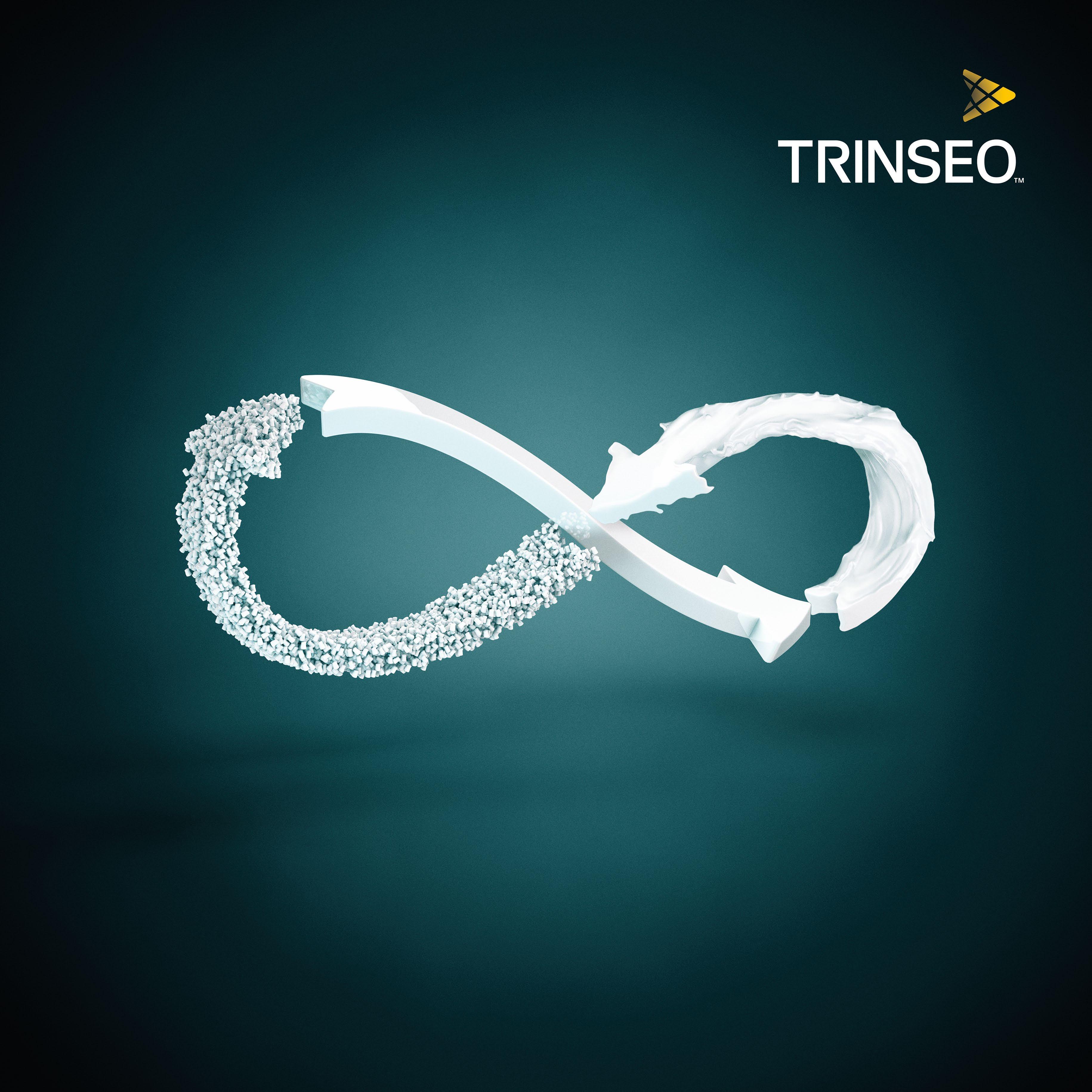
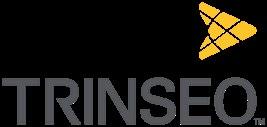
WEBINAR
HOSTED BY PACKAGING EUROPE
Please join us in our live webinar on 9th September, 14:00 BST, to:
• Hear about Trinseo’s Sustainability
Journey including its recently published Sustainability Goals for 2030 • Learn how Trinseo is unlocking the full potential of polystyrene to contribute to the EU targets to have at least 10 million tonnes of recycled plastics in packaging products by 2025 • Discover how Trinseo is engaging with the entire value chain to close the loop on polystyrene recycling and where the company stands today with various recycling technology projects
SEPTEMBER Wednesday 9 14:00 BST
SPEAKERS
REGISTER NOW
packagingeurope.com/rethinking-sustainability
SEPTEMBER Wednesday 9 14:00 BST
HOST
WALTER VAN HET HOF Global Industry Affairs & Sustainability Leaders
Trinseo
JULIEN RENVOISE Global Circularity Manager Plastics
Trinseo
Trinseo (NYSE:TSE) is a global materials solutions provider and manufacturer of plastics, latex binders, and synthetic rubber. We are focused on delivering innovative and sustainable solutions to help our customers create products that touch lives every day — products that are intrinsic to how we live our lives — across a wide range of end-markets, including automotive, consumer electronics, appliances, medical devices, lighting, electrical, carpet, paper and board, building and construction, and tires. Trinseo had approximately $3.8 billion in net sales in 2019, with 17 manufacturing sites around the world, and approximately 2,700 employees. For more information visit: www.trinseo.com
VICTORIA HATERSLEY Editor
Packaging Europe
Working across print, digital and live media, Packaging Europe is the leading intelligence resource for European packaging professionals. Our mission is to connect forward thinkers across the value chain with the latest developments in packaging technology and materials, making sense of innovation in the context of the core business challenges packaging is required to meet.
Close the Glass Loop was the recently announced revision of the EU Packaging and Packaging Waste Directive, which by 2030 will be focused on real recycling as opposed to simply collection for recycling. This is obviously much stricter, and for glass it will mean reaching a 75% real recycling rate by 2030. If you take into account 10% losses from collection of waste to the output of the recycling plant, we would therefore need to be collecting 85%, give or take some leverage, so we have put that figure at 90% as a reasonable target to aim for.
“Clearly, then, this will require all elements of the supply chain to be working more closely together. We need to act now to bring all actors in the chain – the glass industry, recyclers, EPR schemes, municipalities, brand owners, etc. – in line so we can achieve our goals.”
Importantly, this does not mean cross-EU harmonization – Adeline is quite clear that this is not the goal. “We believe from talking to our members that there are already very well-established systems in some countries that are working very well. Maybe it would be useful to achieve harmonization at national level, but we don’t believe this is realistic at EU level.”
There are, therefore, two levels of action within the organization: a multistakeholder European platform that coordinates the projects; and national governance structure to implement individual national plans. This decentralized structure will perhaps give the required level of flexibility to account for specific challenges within individual member states.

Aiming for ‘seamless infrastructure’
To achieve these ambitious aims there will be some key challenges or bottlenecks to address, the most significant of which, says Adeline, is collection. If this is not done in a systematic way then the material can be destroyed or contaminated and a valuable resource is lost. That’s why Close the Glass Loop would advocate for separate collection of glass.
“The more you handle glass,” she says, “the more damage can be done, so if the collection point is as close as possible to the point of consumption this makes it more convenient for the user and rates will go up accordingly. The infrastructure and service provision need to be seamless, from putting the bottle into the bin and bank and having it brought back to use for recycling.”
But this is not the only stumbling block: there are other key user groups that need to be addressed – particularly the HORECA sector. In addition to household collection, the initiative is therefore also keen to promote separate glass collection for this sector.
Another bottleneck – ‘surprisingly’, says Adeline – is that it can be challenging to arrange collection in large urbans areas compared to rural areas. “In Paris, for example, it’s difficult to find space for bottle banks so we need to look at putting different schemes in place for different areas. Touristic areas or high-rise apartments, etc., will also require a different approach. There’s no one-size-fits-all.”
Following collection, the next step to address is sorting – removing non-target materials such as labels, caps and so on. The more the sorting and cleaning process can be optimized, the greater the percentage of this valuable product will be recycled.
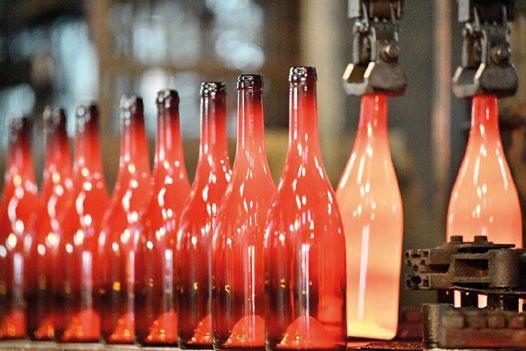

ECODESIGN: THE IMPORTANCE OF MANUFACTURING SUSTAINABLE PRODUCTS
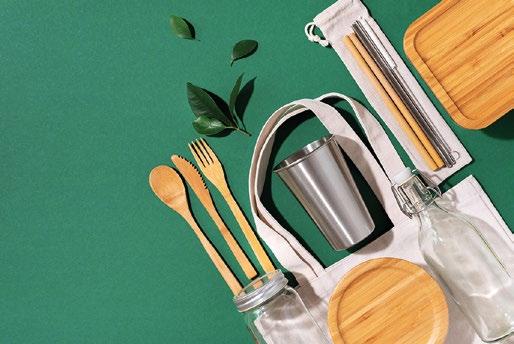
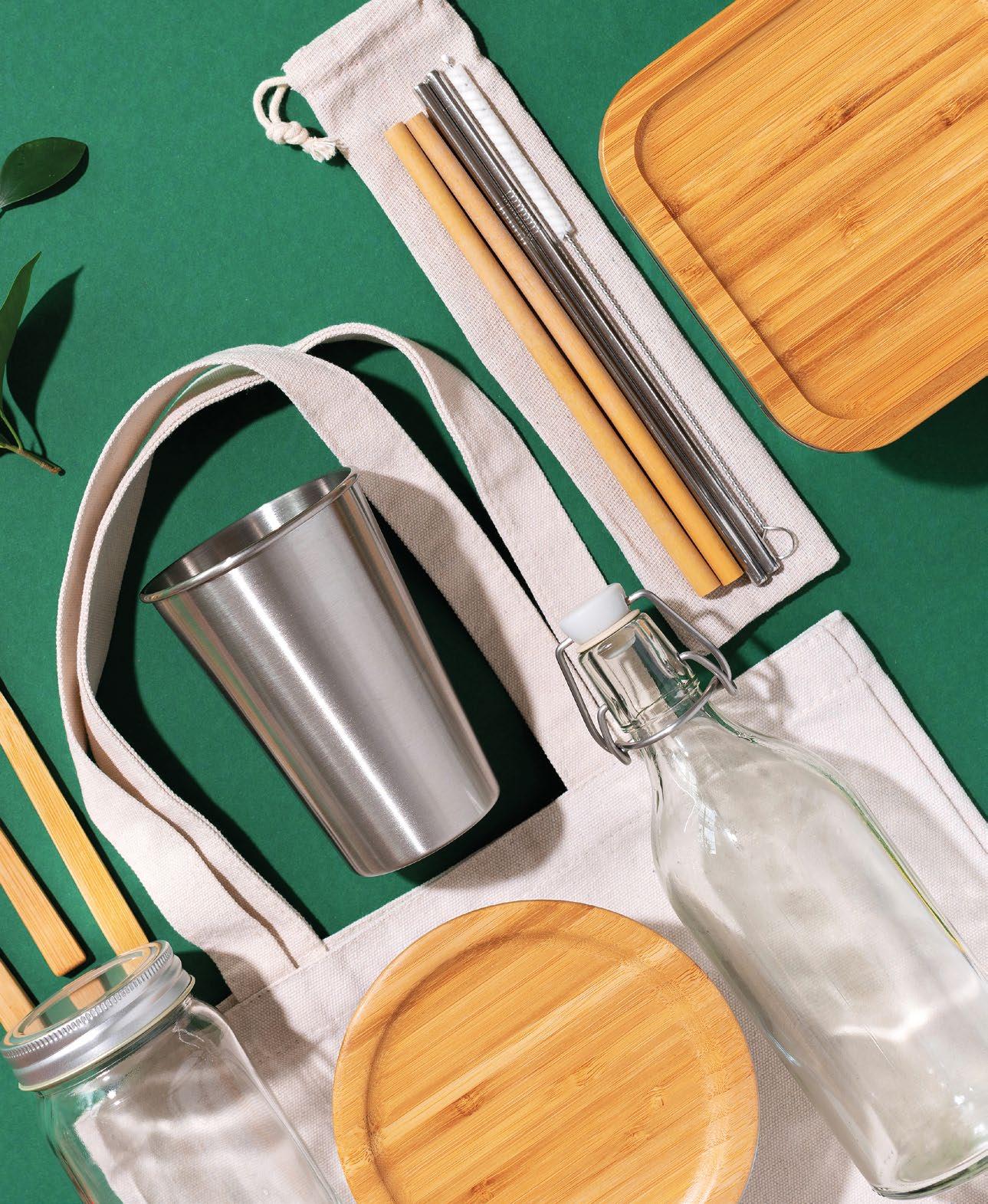
Choosing the right label design for your product starts with understanding how the packaging protects your product, enhances consumer use, and enables a sustainable end-life.
During this session, we will walk you through the EcoDesign approach and its advantages.
ON DEMAND WEBINAR
HOSTED BY PACKAGING EUROPE
Key learning objectives:
• Learn what EcoDesign is • Learn the importance of the incorporation of environmental aspects into the design and into product development in order to avoid negative environmental impacts throughout its useful life. • Guidelines Design for Recycling • EcoDesign benefits
ON DEMAND LISTEN NOW
https://packagingeurope.com/EcoDesign/
SPEAKERS HOST
ON DEMAND
FLOR PEÑA HERRON Sustainability Project Manager Europer
Avery Dennison
VICTORIA HATTERSLEY Editor
Packaging Europe
Avery Dennison (NYSE: AVY) is a global materials science company specializing in the design and manufacture of a wide variety of labelling and functional materials. The company’s products, which are used in nearly every major industry, include pressure-sensitive materials for labels and graphic applications; tapes and other bonding solutions for industrial, medical, and retail applications; tags, labels and embellishments for apparel; and radio frequency identification (RFID) solutions serving retail apparel and other markets. Headquartered in Glendale, California, the company employs more than 30,000 employees in over 50 countries. Reported sales in 2019 were $7.1 billion. Learn more at www.averydennison.com Working across print, digital and live media, Packaging Europe is the leading intelligence resource for European packaging professionals. Our mission is to connect forward thinkers across the value chain with the latest developments in packaging technology and materials, making sense of innovation in the context of the core business challenges packaging is required to meet.
As we know, glass is a permanent material that can be recycled infinitely. According to Close the Glass Loop, every tonne of recycled glass saves 1.2 tonnes of virgin raw materials, with a 2.5% energy reduction for each 10% of glass recycled in the furnace and a 5% reduction of greenhouse gas emissions.
And yet it would be remiss of us not to address the fact that those who advocate in favour of plastic are quick to point out the energy-intensive nature of the glass production process itself. Is there a sense in which this negates some of those environmental benefits?
“We are very proud of two initiatives we are taking to address this issue. Bear in mind that the CO2 emissions in our industry come from two areas: melting and use of virgin materials. In the melting phase, 80% of our emissions are from the energy we use – natural gas – and the other 20% come from the use of virgin materials in glassmaking. If we can switch the virgin materials to recycled glass we get rid of those 20%.”
Secondly, says Adeline, for the other 80% of CO2 emissions there is another big project in the pipeline that could have the potential to make huge energy savings in the glass production loop. Twenty European glass manufacturers are coming together to build the first large-scale hybrid electric furnace to run on 80% green electricity that can melt all colours of glass.
Currently at the demo project stage, the ‘Furnace of the Future’ will be the first large-scale hybrid oxy-fuel furnace to run on 80% renewable electricity in the world. (There are currently some electric furnaces operating in the industry, but they are for very small scales of production.) If successful, it could replace current fossil-fuel energy sources and cut CO2 emissions by 50%. Ardagh Group – the second largest glass packaging manufacturer in the world – has volunteered to build the furnace in Germany. It will be built in 2022, with an assessment of first results planned for 2023.
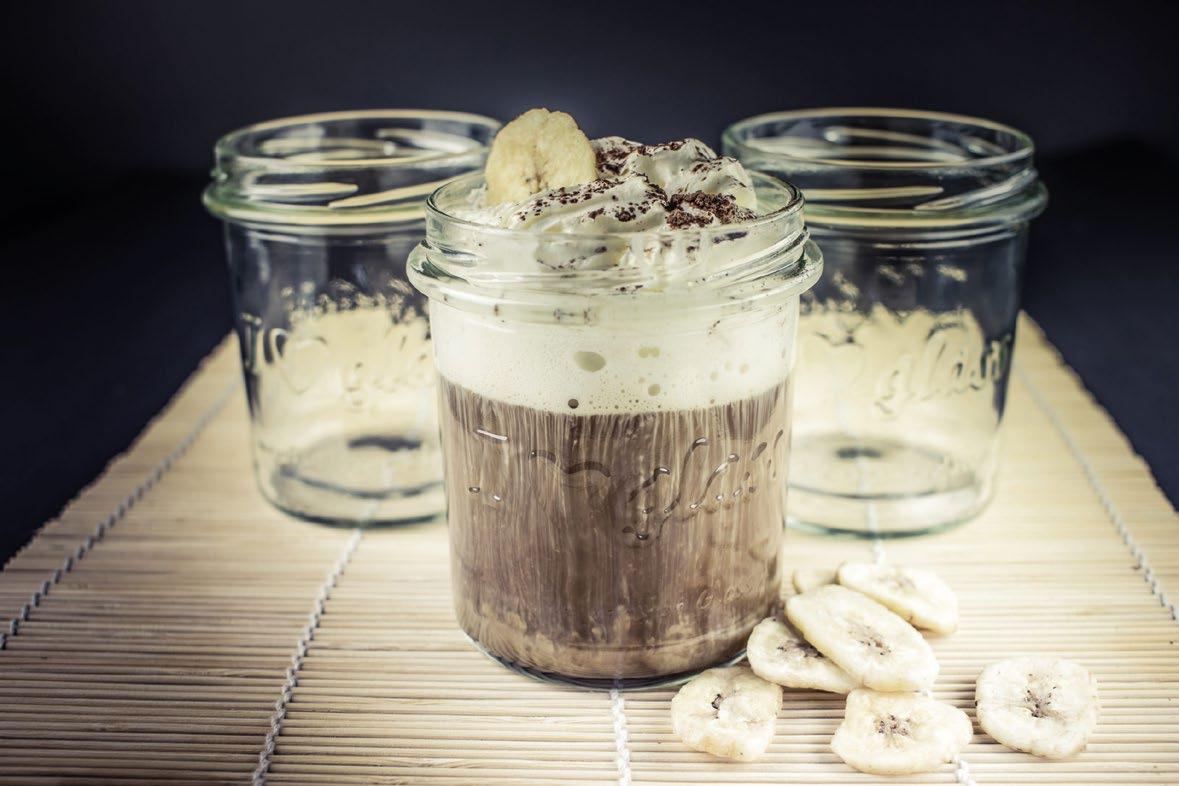
Adeline also points out that glass, owing to its intrinsic qualities, does not have the same issues that plastics have. It is 100% recyclable and never loses its characteristics no matter how many times it is renewed. This also means it is safe for food contact because the melting process is a purifier: with recycled plastics, it’s not secret that it can be much harder to get approval for food applications.
“So, yes, we have issues of CO2 emissions and we are committed to tackling this admittedly huge challenge,” says Adeline. “We will also have to implement a plan for how to measure real recycling in the future, in line with the updated directive. Collecting all that data will be quite complex, so there’s a lot of work to do but we have the capabilities to do it.” n









